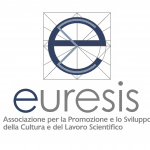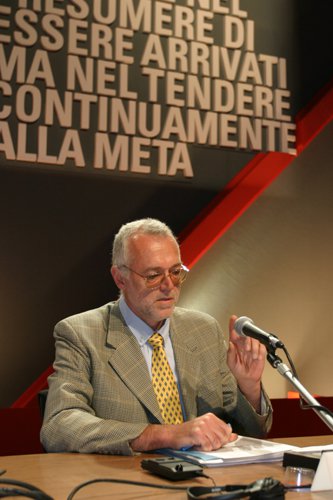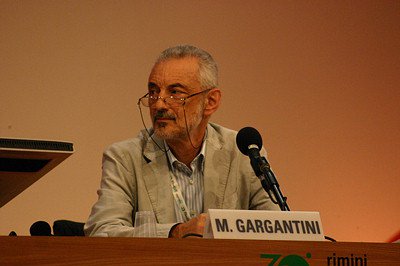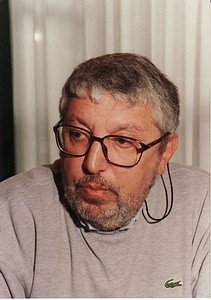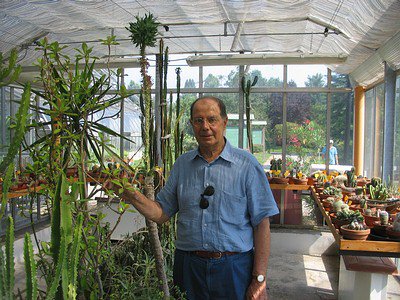Natural, artificial, cultivated. Man’s age-old dialogue with nature
BOOK HERE YOUR VISIT TO THE EXHIBITION
At the end of the last ice age, between 12,000 and 9,000 years ago, the greatest revolution in the history of humankind happened. In different regions of the planet—from the Fertile Crescent (near East), to the valleys of the Yangtze and the Yellow River in China, to Mesoamerica (south central Mexico), to the peaks of the Andes in South America, to sub-Sahara Africa—small groups of men, until then nomadic hunters and gatherers, independently from the others—invented agriculture. For the first time in history, man becomes able to control the source of his sustenance.
This is the beginning of an epochal change: some wild plants are domesticated and in a short time become dependent on man, being unable to survive on their own in their natural state. In turn, man changes profoundly: now, for his food, he depends on the care with which he grows plants more than on his physical strength. Human communities become sedentary, population grows, villages and cities are built and with them history, civilization as we know it, is born. This is the beginning of a journey that has yet to stop: since then, new kinds of cultivable plants have been introduced and major changes have happened on the territory (ploughed fields instead of the forest, irrigation canals, etc.), all productive transformations. This was also the beginning of a population growth that has not stopped and that today is giving us the task of producing food for an always larger number of people and of defeating hunger in many areas of the planet. At the same time, new challenges emerge: where and how to find a virtuous middle way between overexploitation of the land and ecological concerns; how can we become aware that technological and scientific progress also entails a problematic counterbalance which we have to face?
The exhibit will document the first steps and the next developments in this story through the exposition of the wild species and the varieties of crops harvested by men (wheat, barley, rice, corn, tomato, potato, vine, leguminous plants), thus showing the evolution—guided by man—of the plants that have nourished humanity through the millennia. The exhibit will show in particular those human interventions that have marked a decisive turn in the domestication and cultivation of the different plants leading, for example, to ears of wheat that do not lose their seeds, to varieties that germinate shortly after being sown, to short varieties, to the efficient use of water and fertilizers, to the improvement of the main crops’ nutritional properties with their respective innovations in foods and their adaptation to local traditions and cultures.
The Leitmotiv is to show man’s interventions as witness to a constant interaction between man and nature, an example of that “artisan science” in which man pays attention to reality and interprets it in the attempt to fully understand it and use it for the common good. Cultivated plants are not ‘natural’; they would have never existed had not man produced them and they would become extinct if man decided to no longer grow them. They are not even ‘artificial.’ Namely, they are ‘cultivated’; here is the depth of a millennial history that involved our ancestors and that involves us too today in an endless work.
Another theme that will be considered is how to respond to the challenge of feeding a fast growing population. Demographic projections estimate that the world population will increase from the current 7 billion people to 9 billion in 2050: this is a severe problem when we consider that even now more than one billion people suffer from hunger and even more of malnutrition. Is it possible to increase agrarian productivity? Is it possible to increase it in a sustainable way? And how will it be possible to reduce the inequalities between the “food tables” of the world and eliminate the devastating impact of waste? We need a criterion from which an action that responds to the truth can be drawn: it is necessary to rediscover where to institute a correct relationship between man-and-man and man-and-environment.






